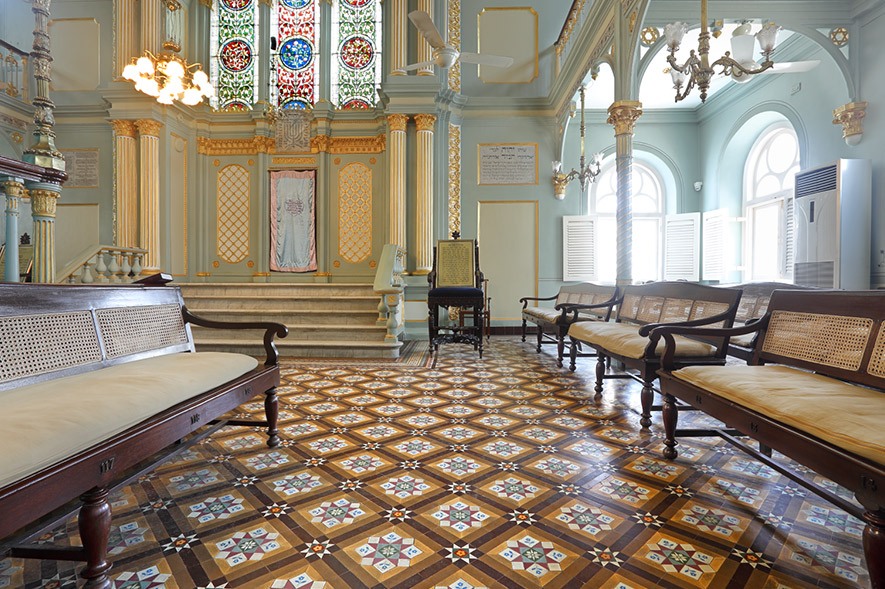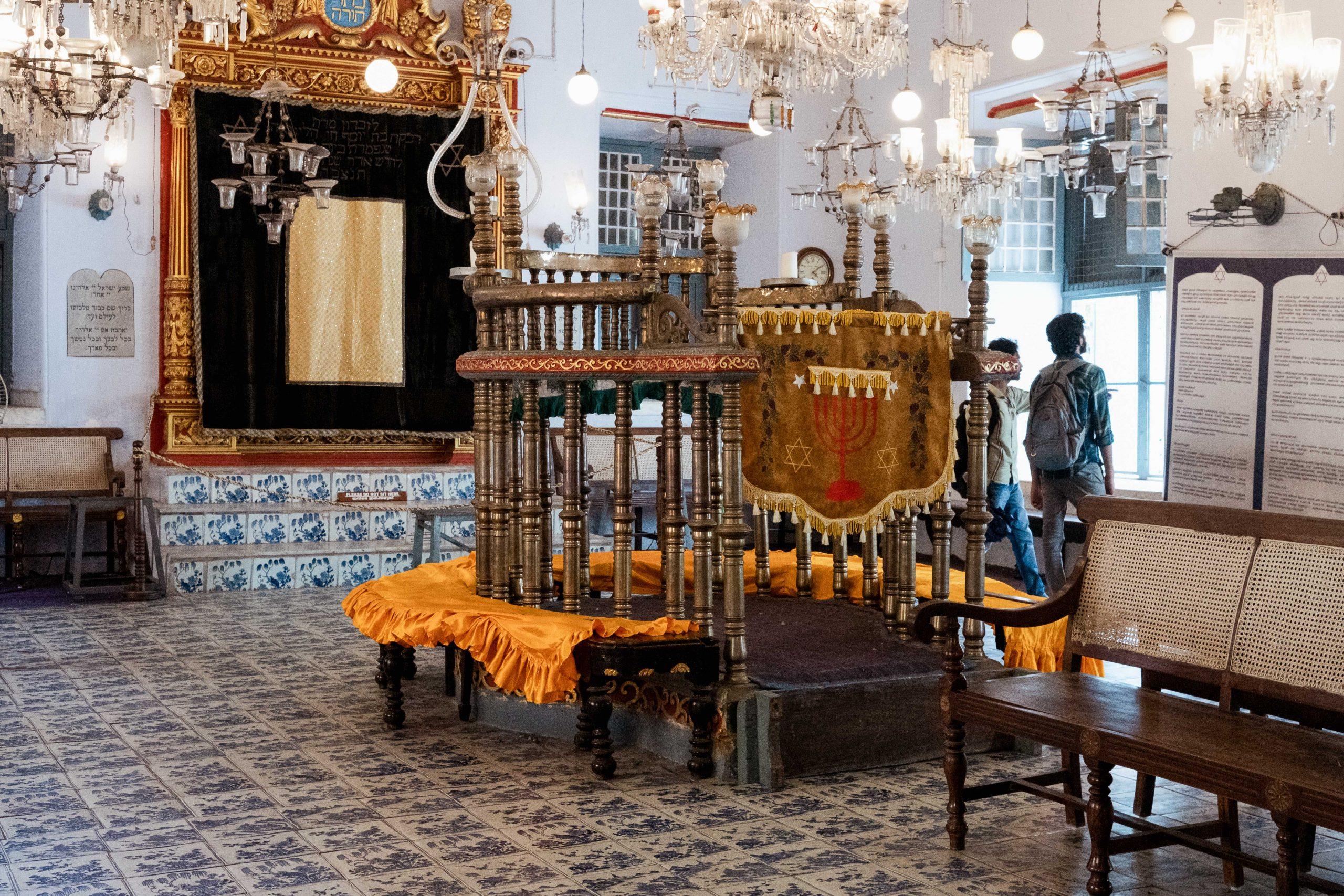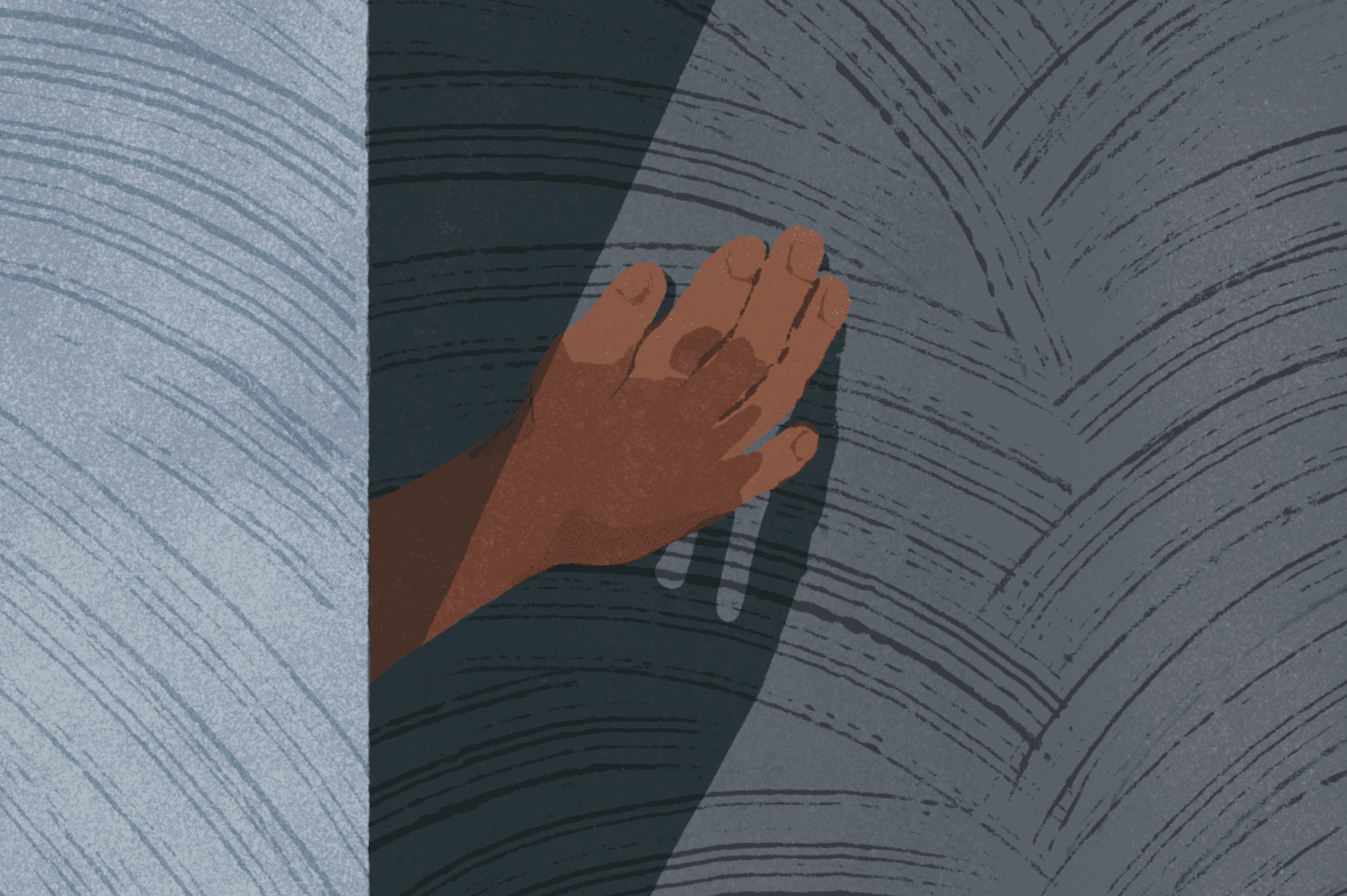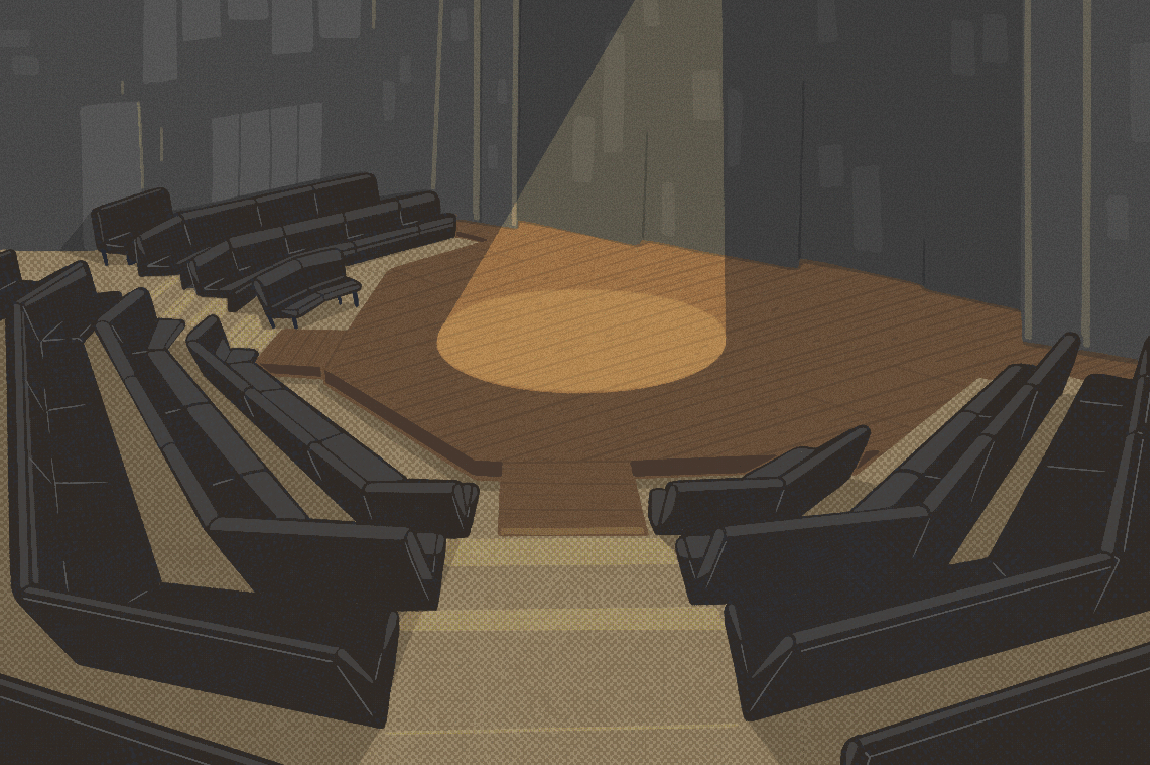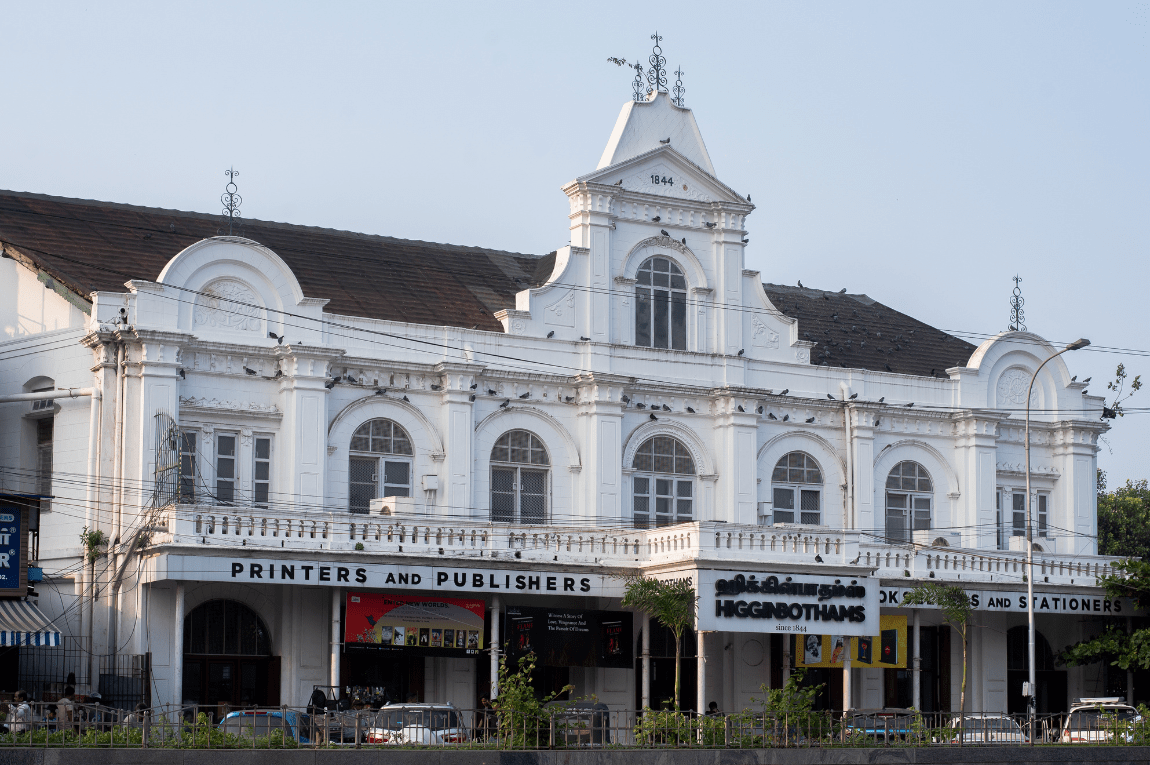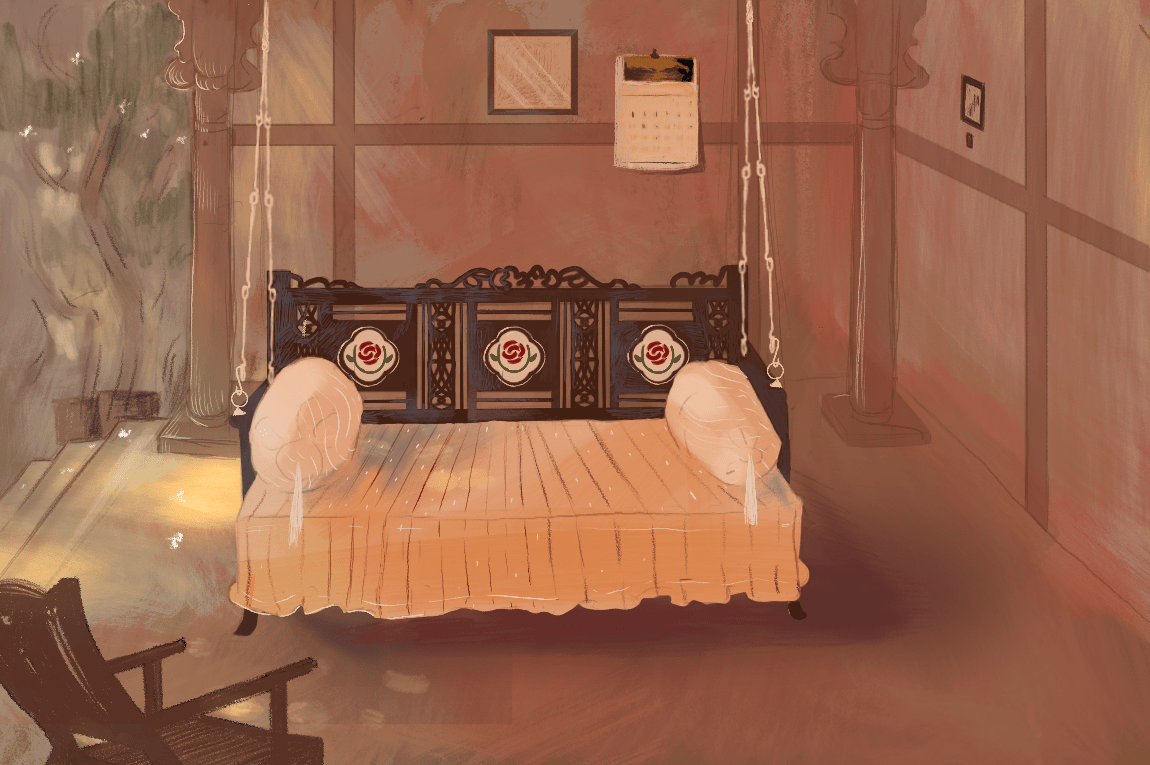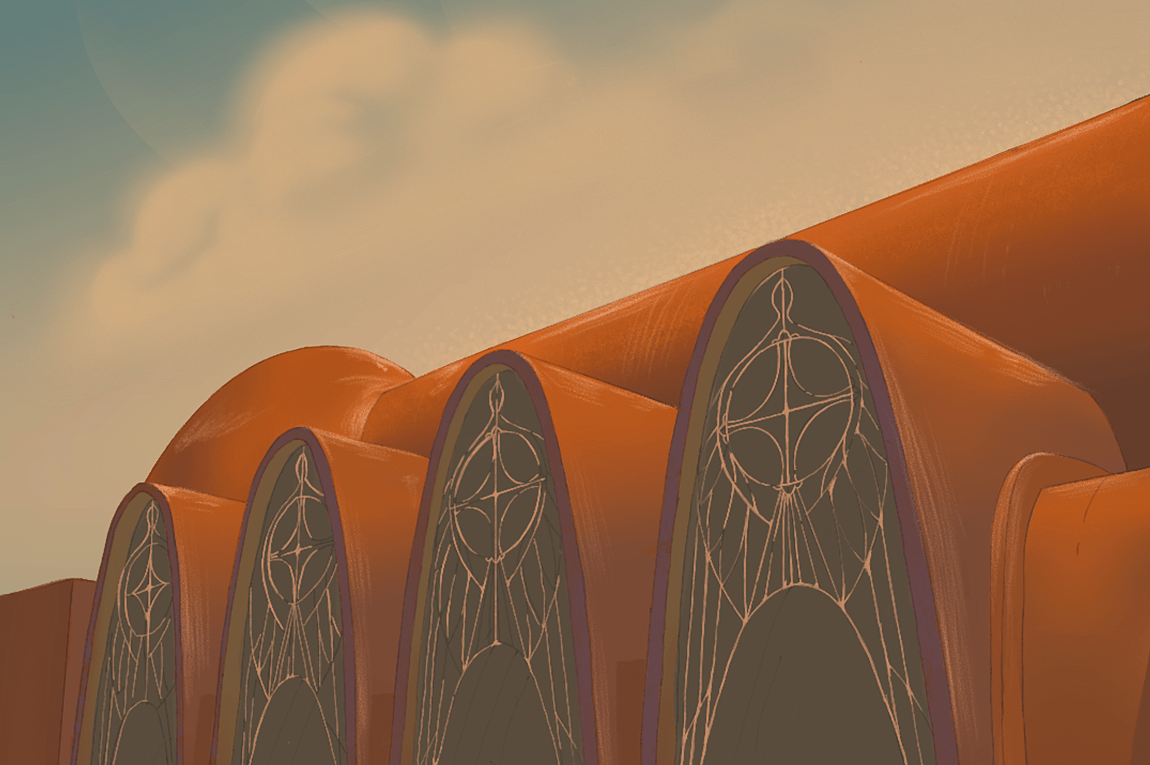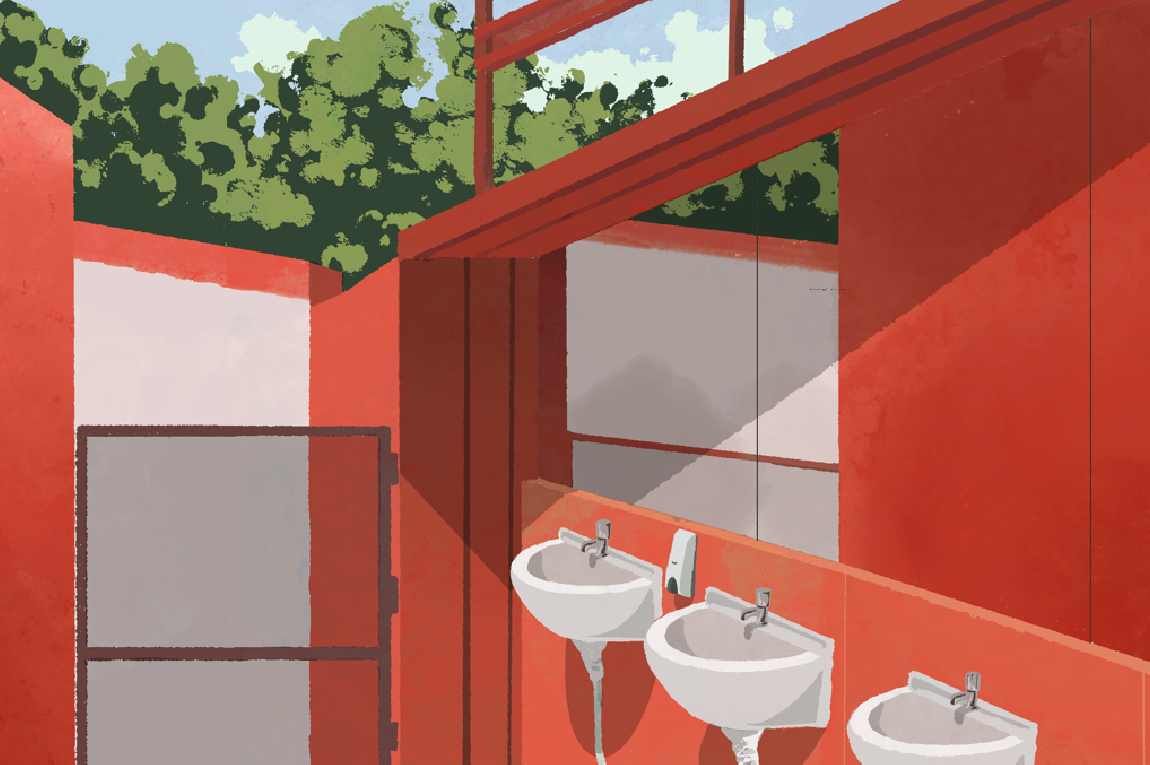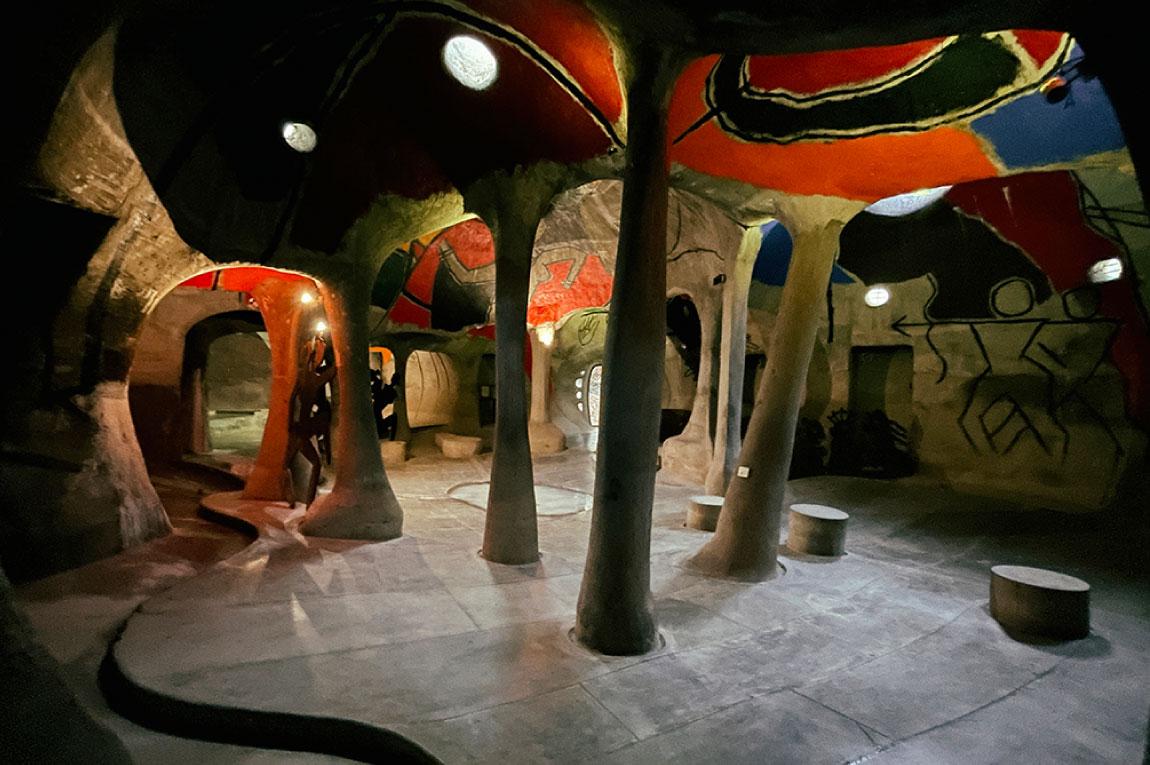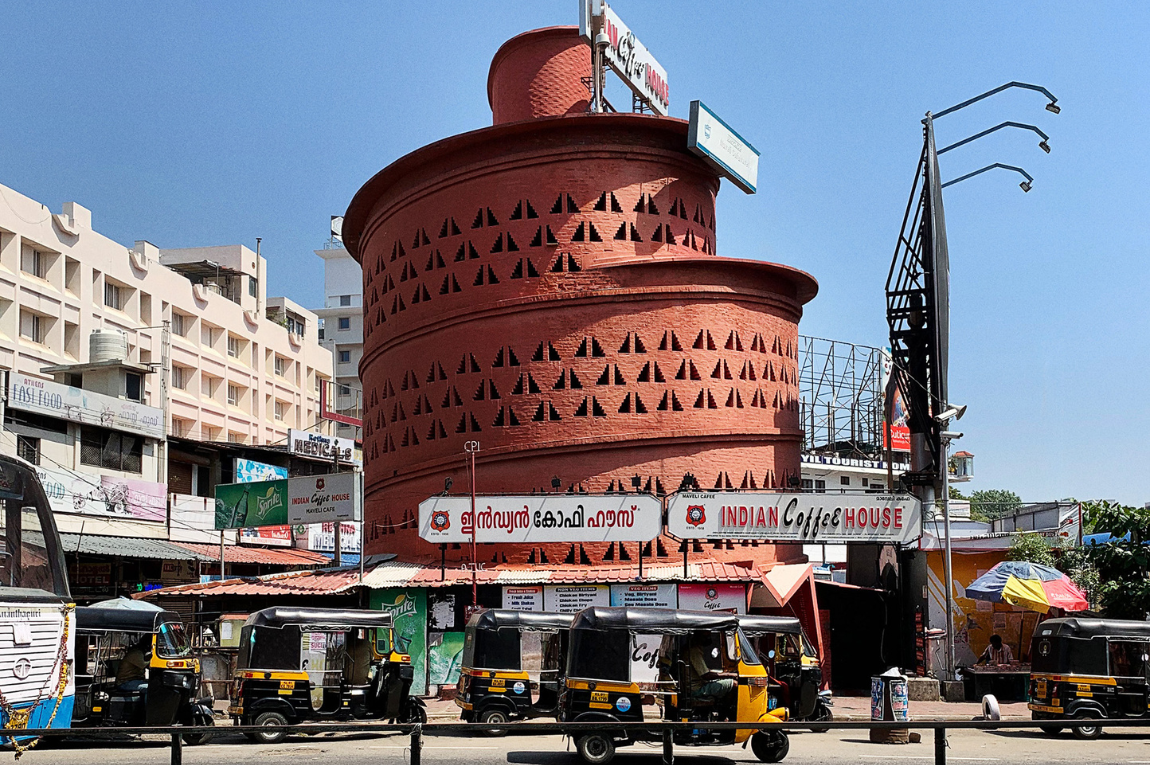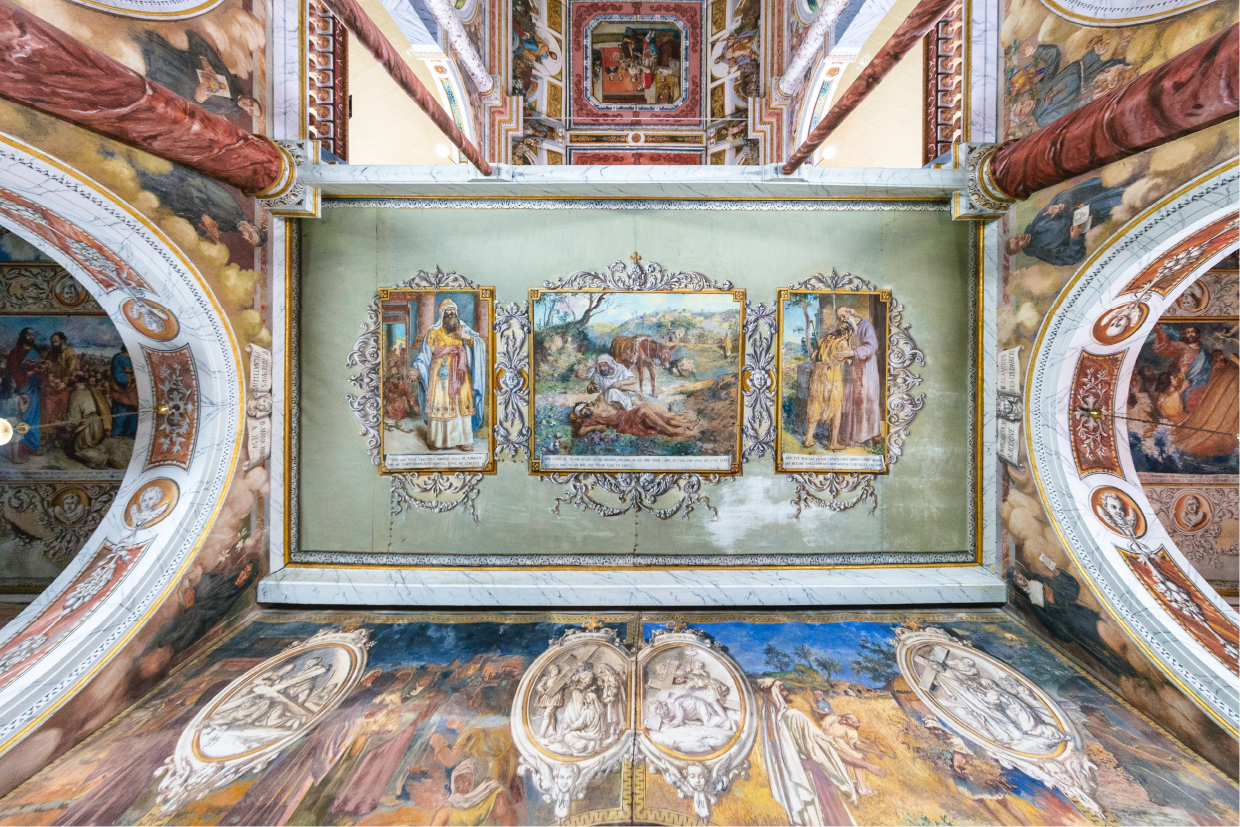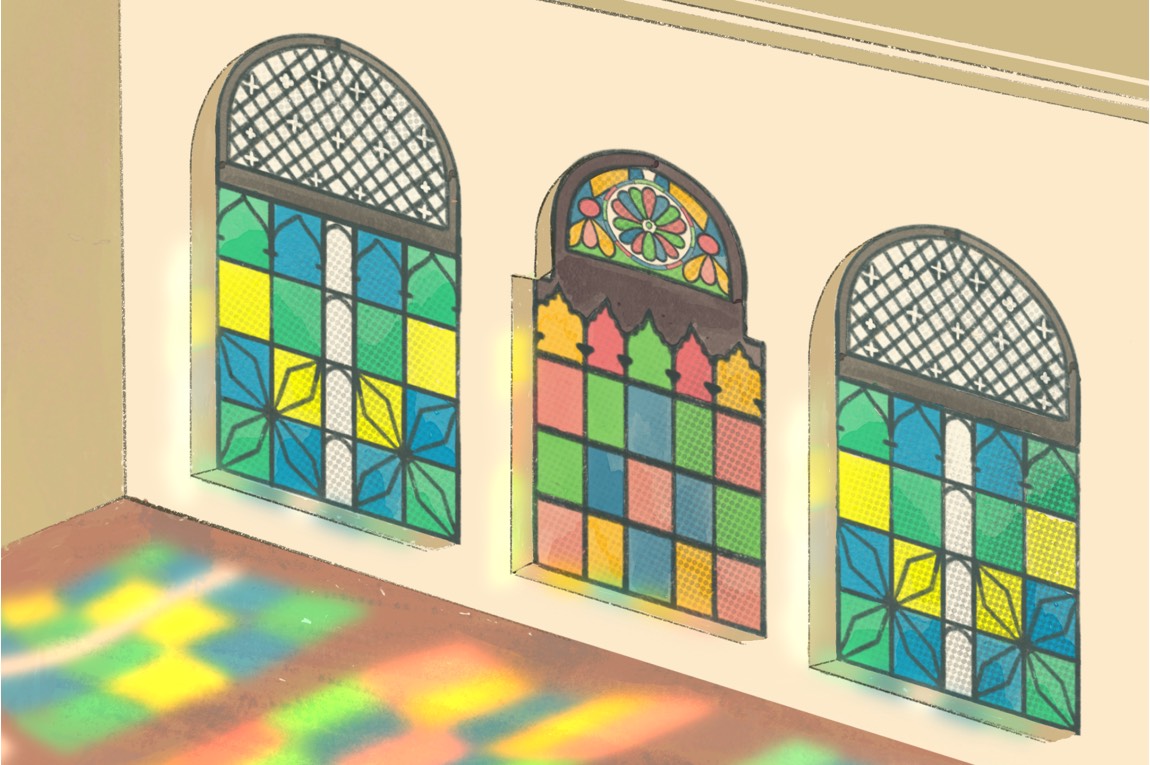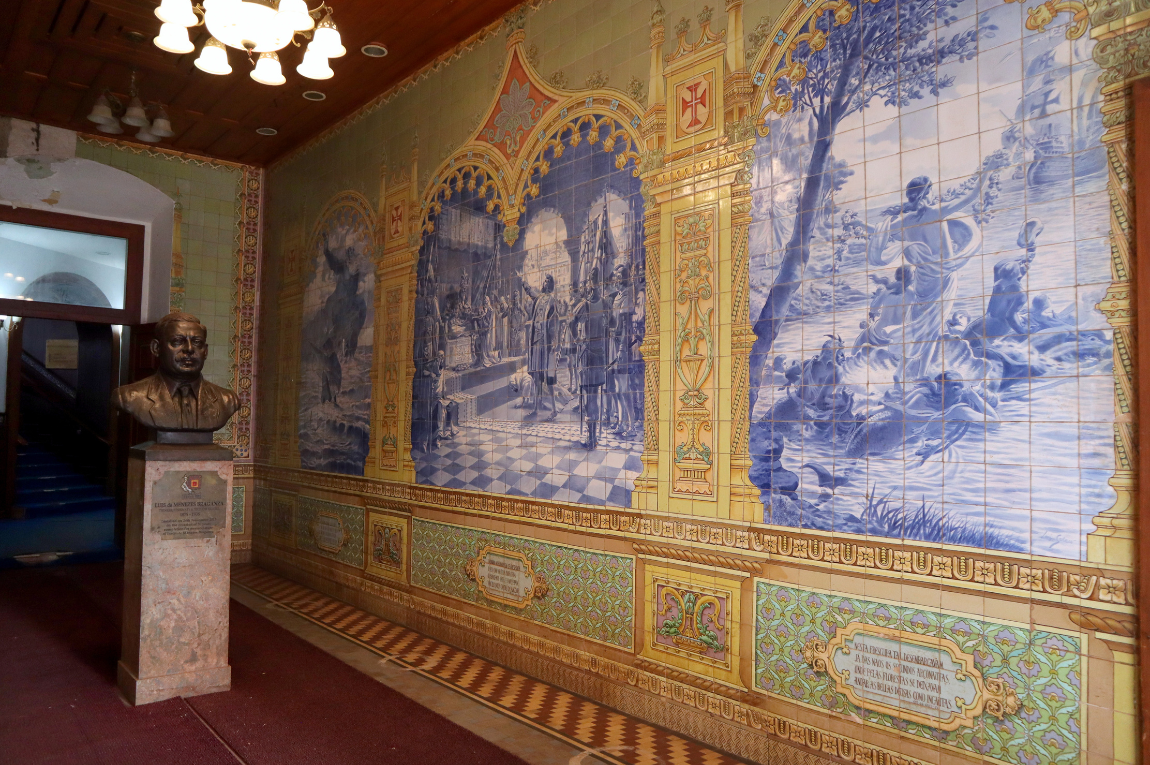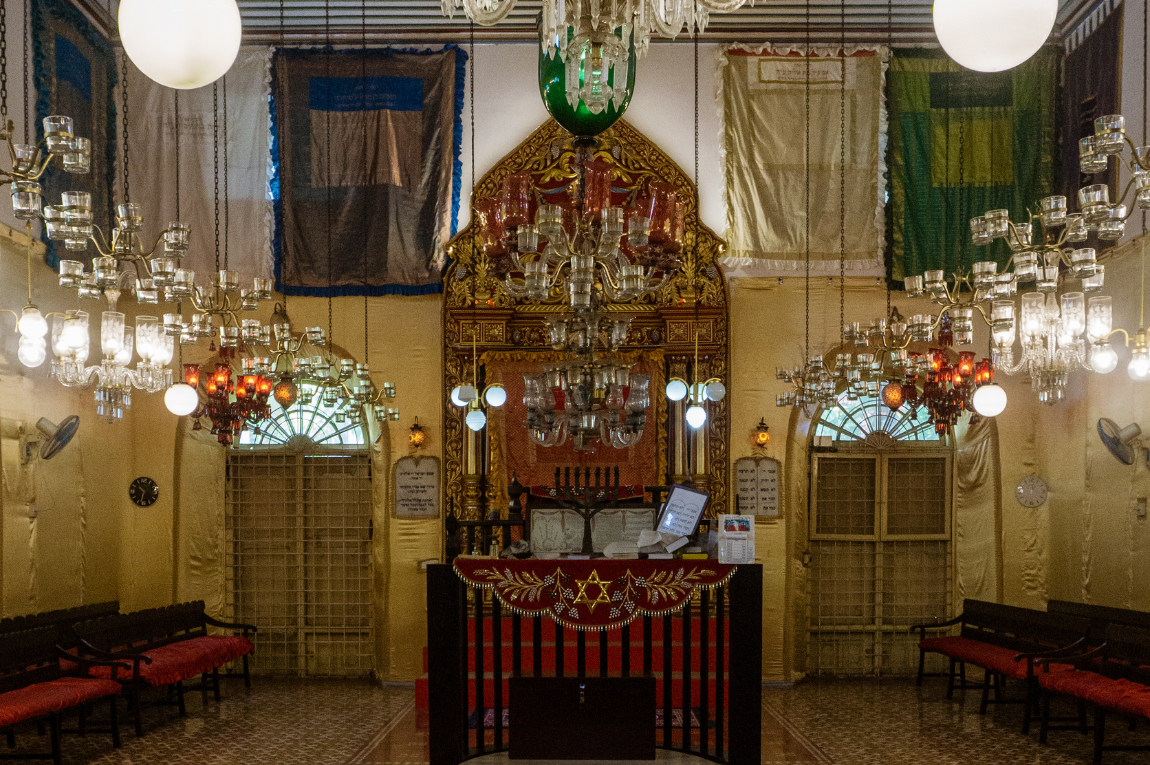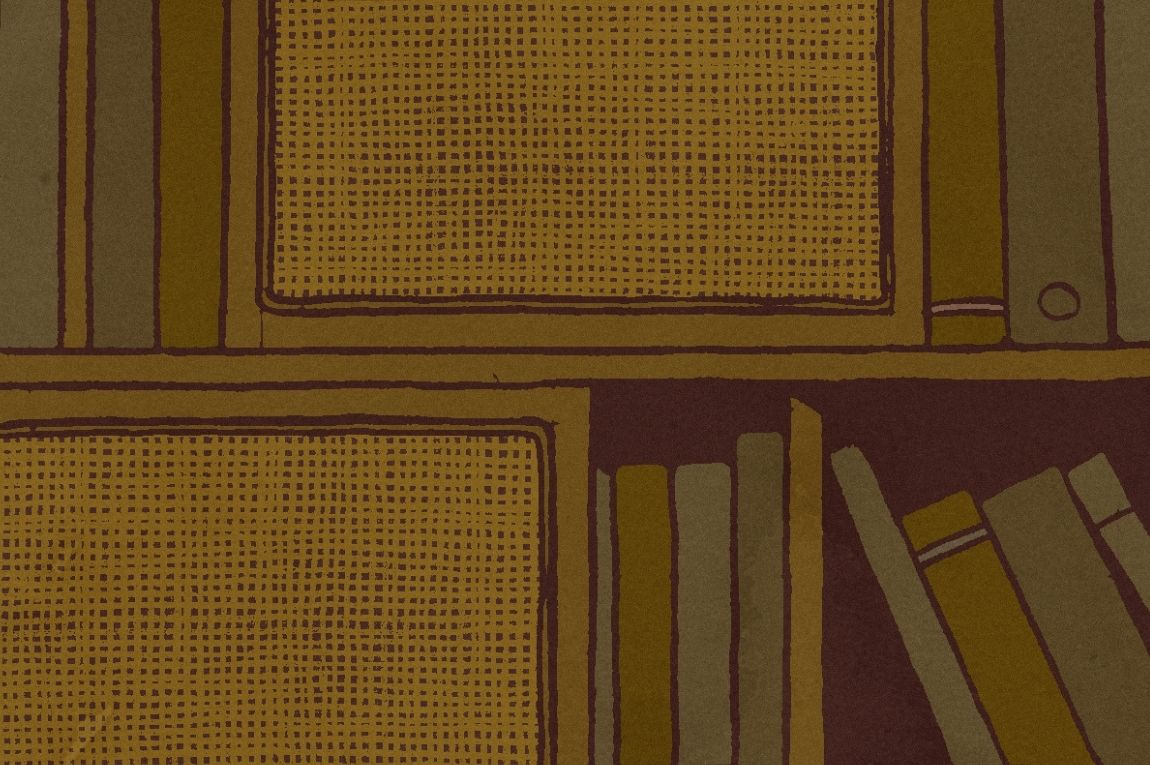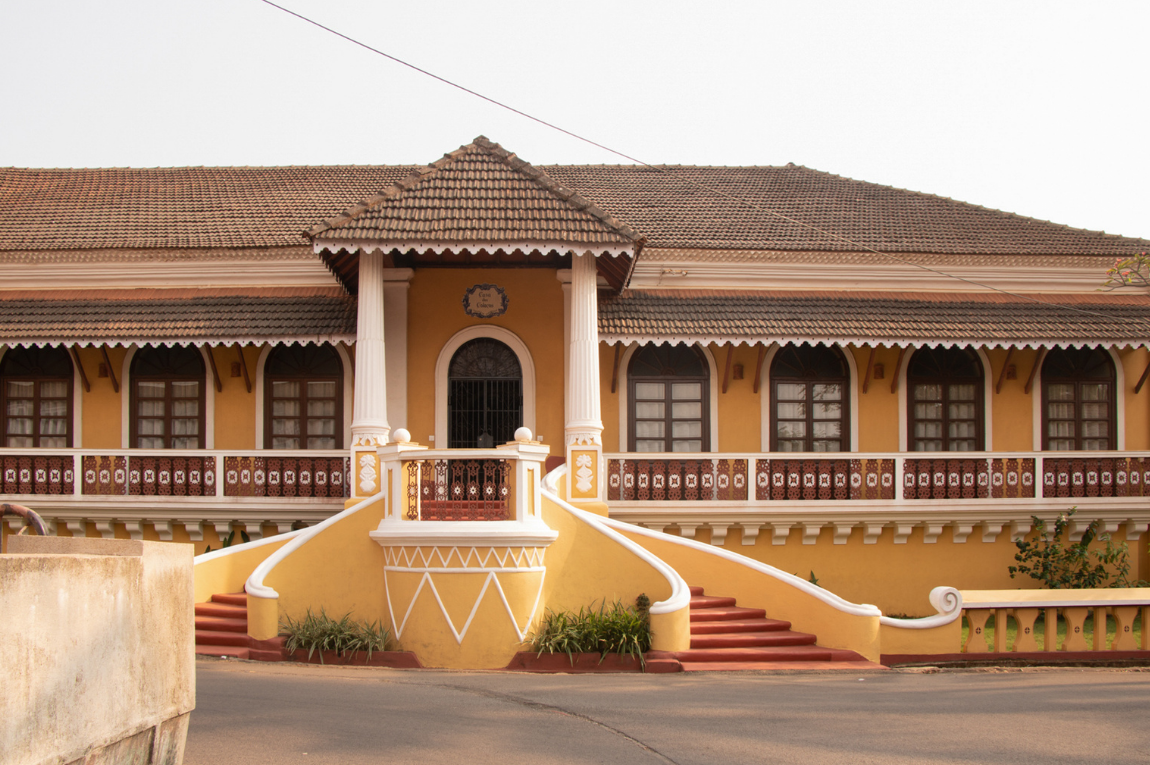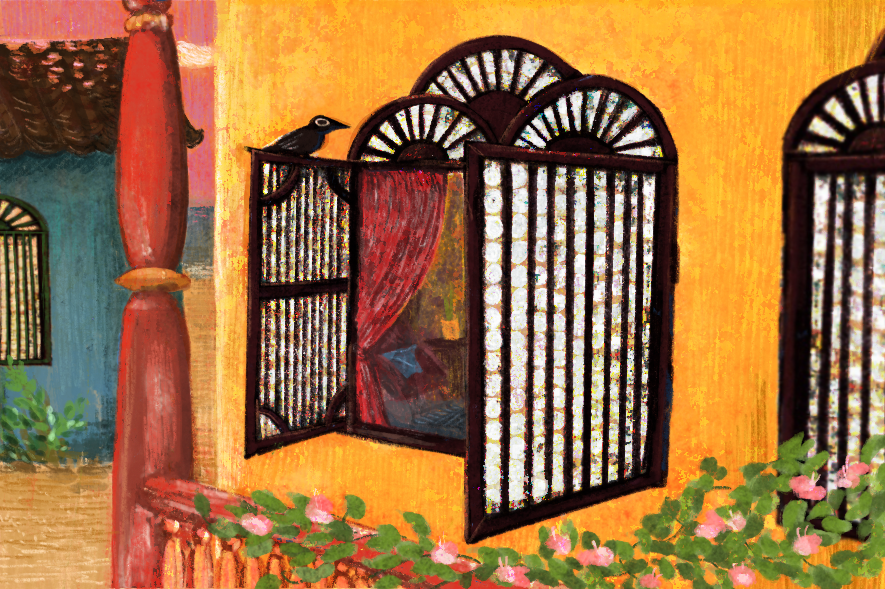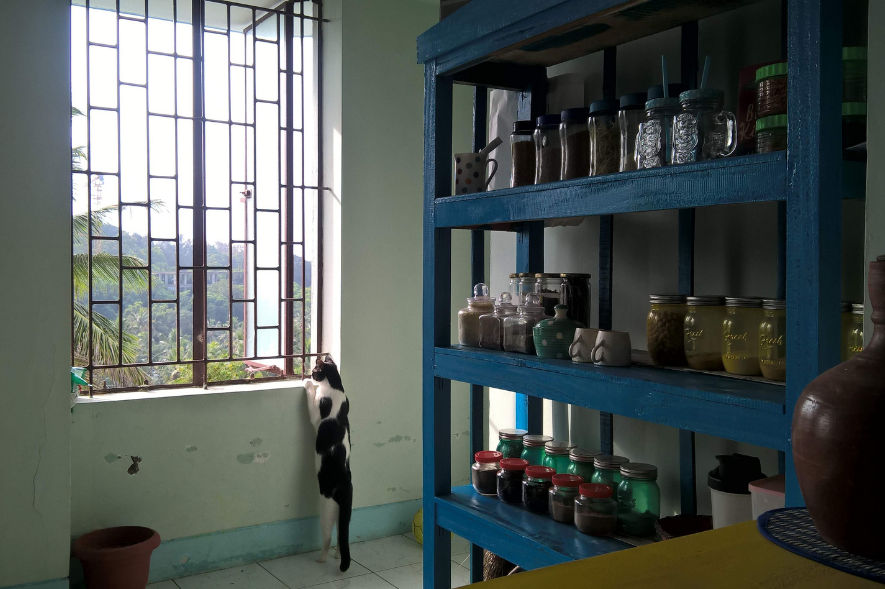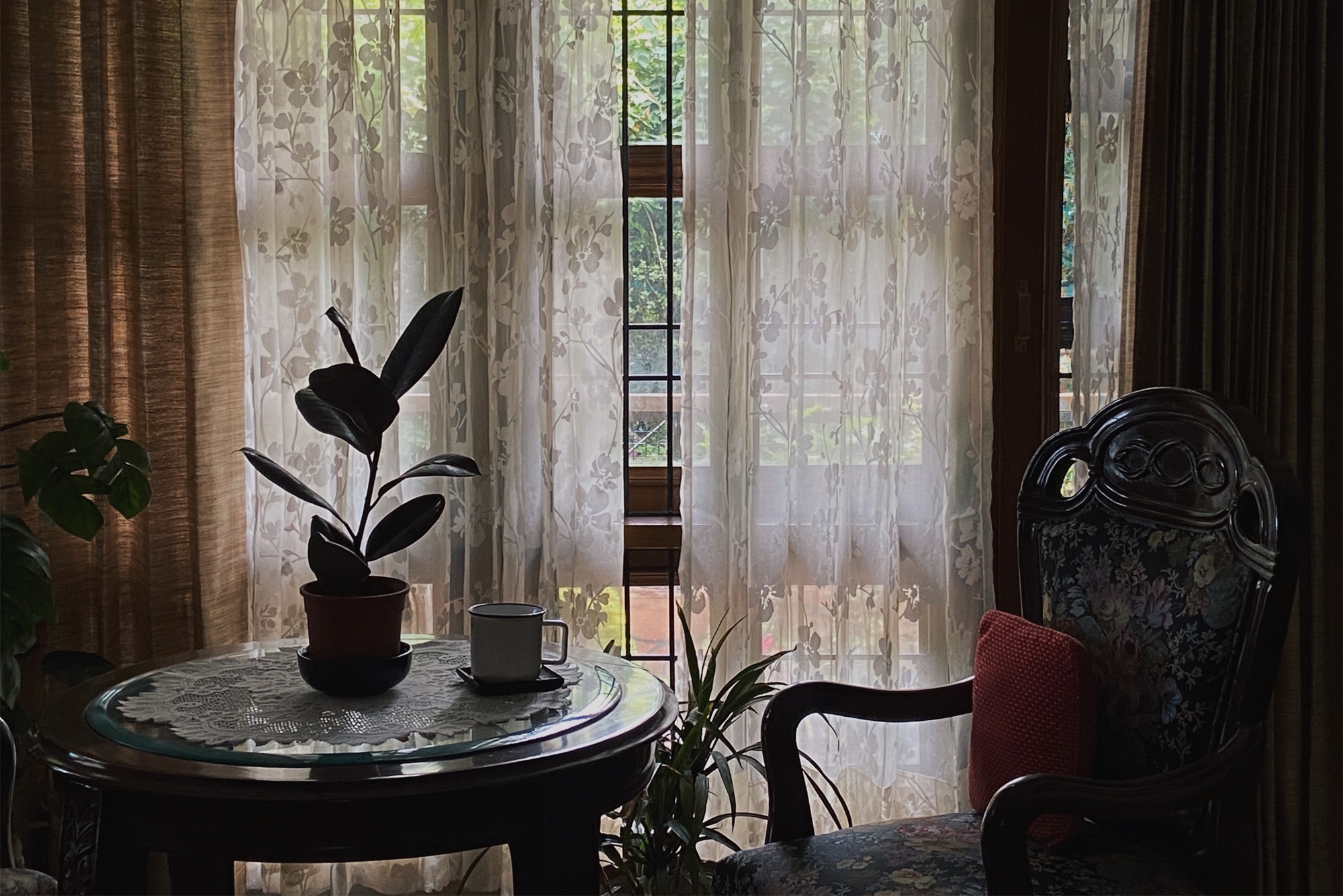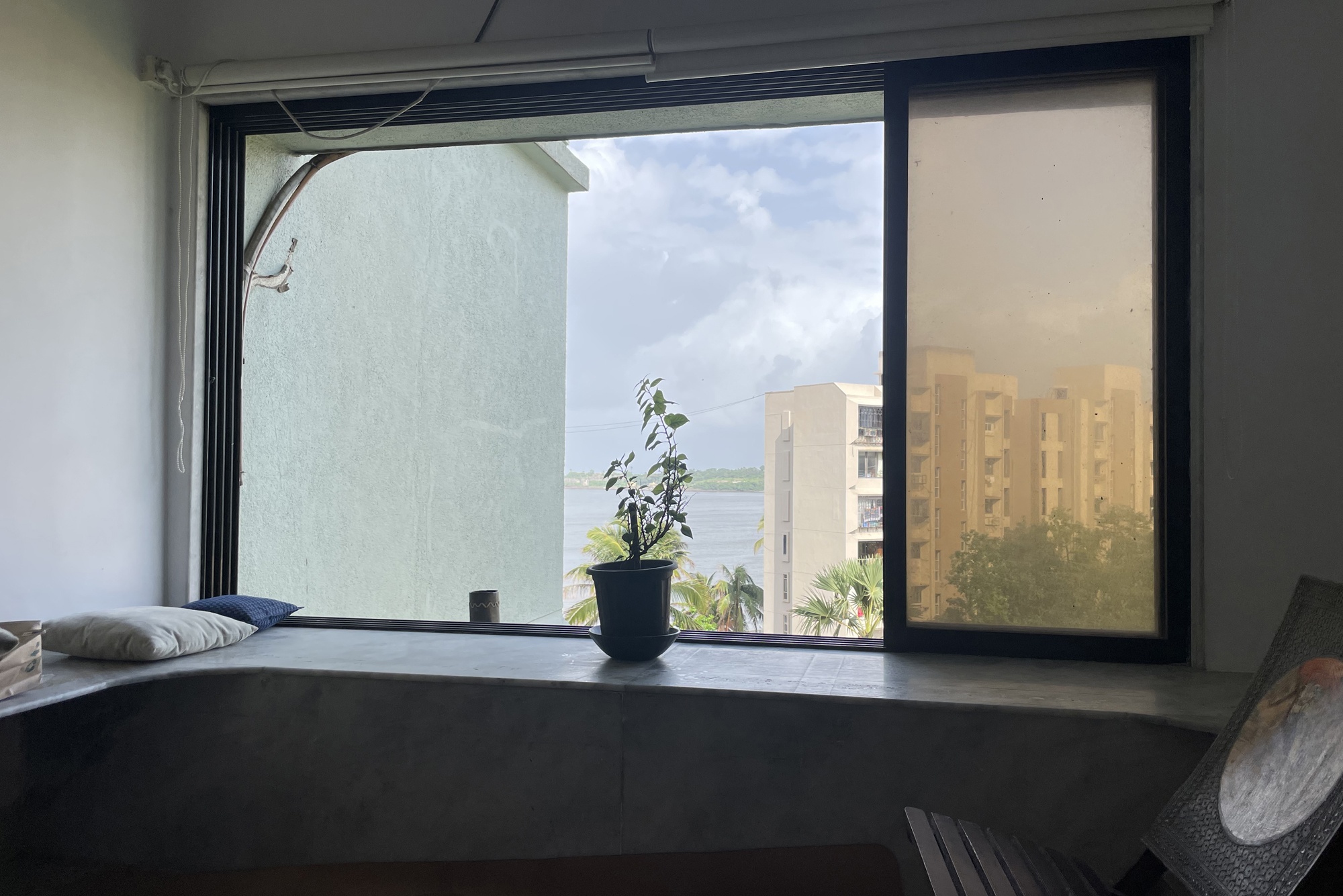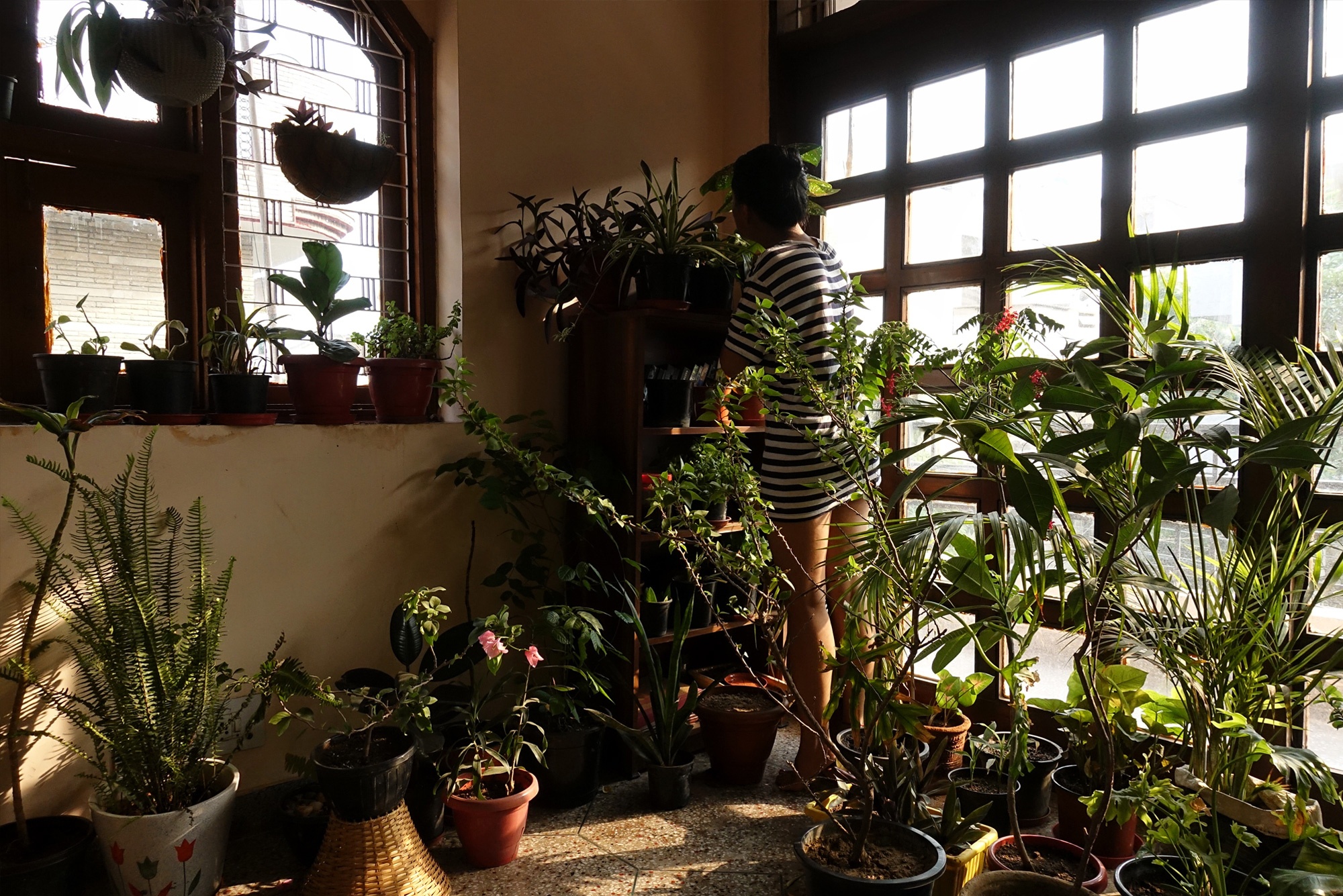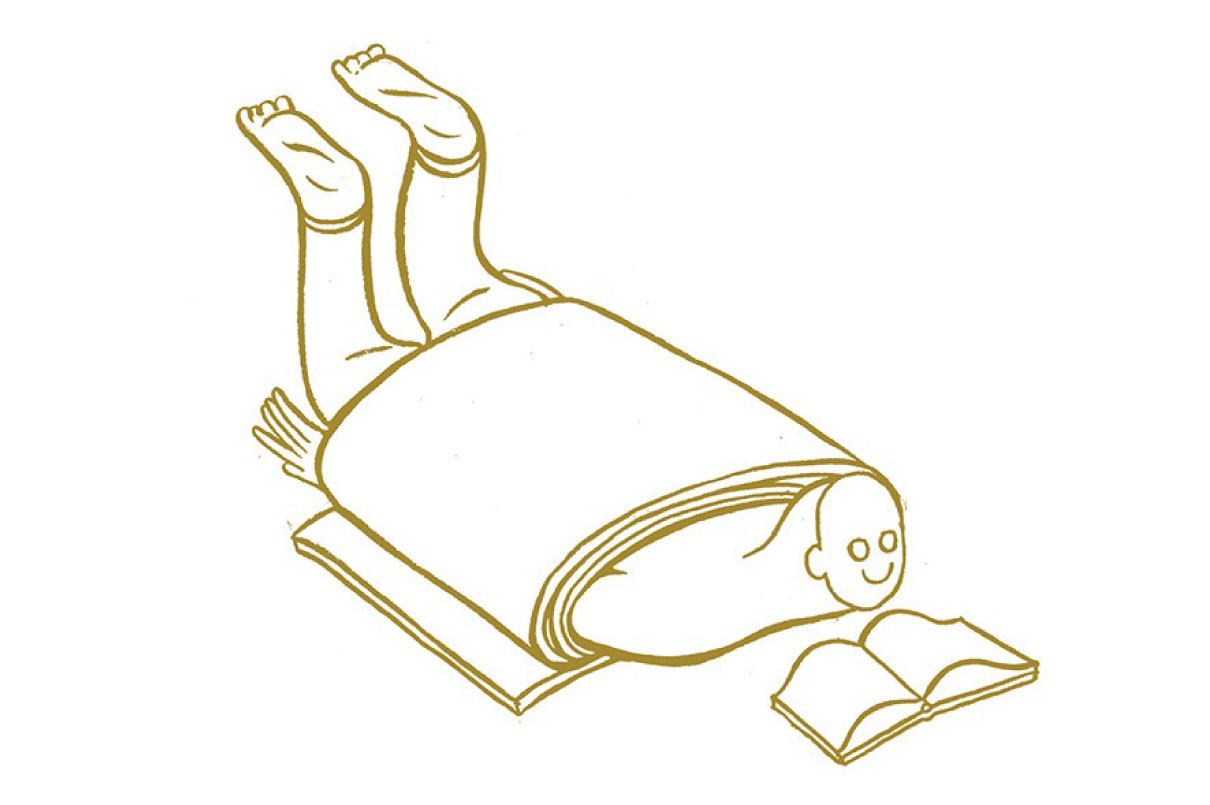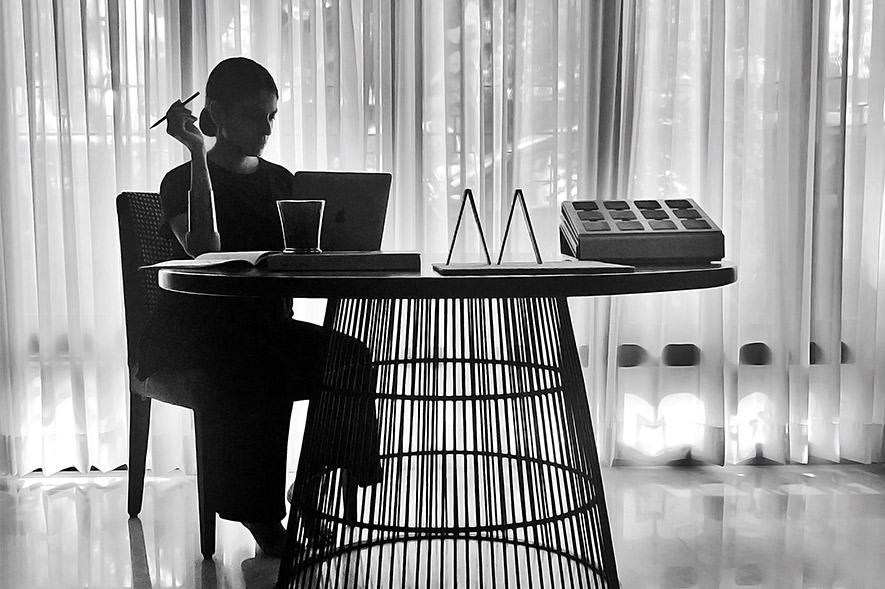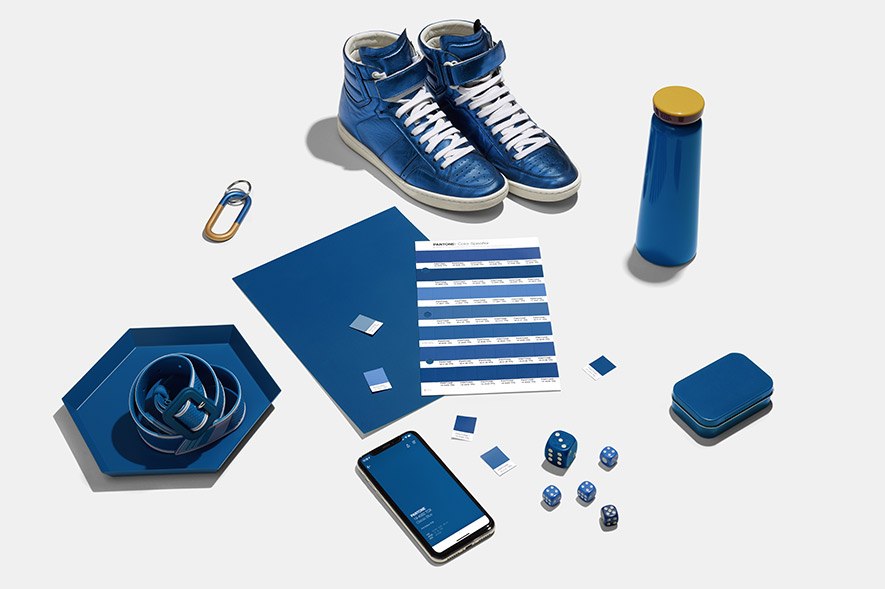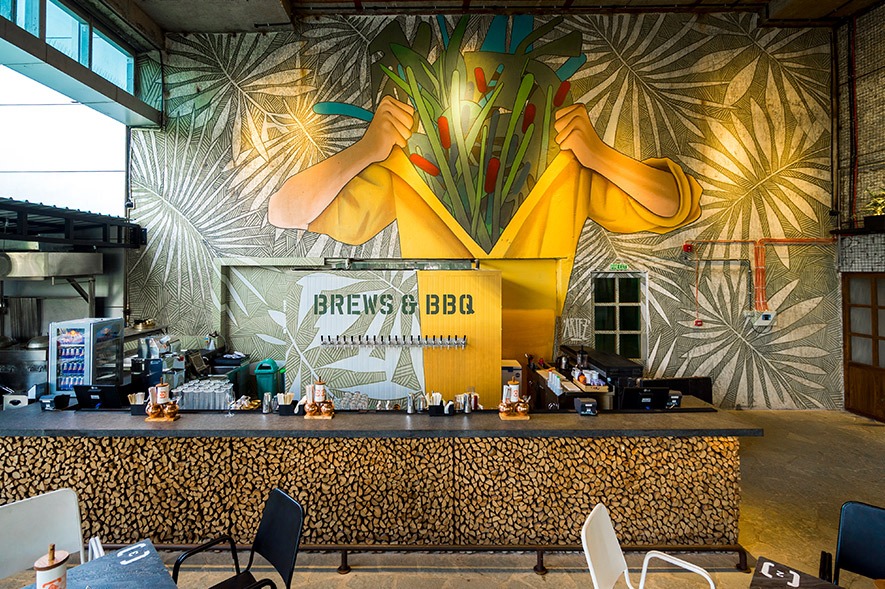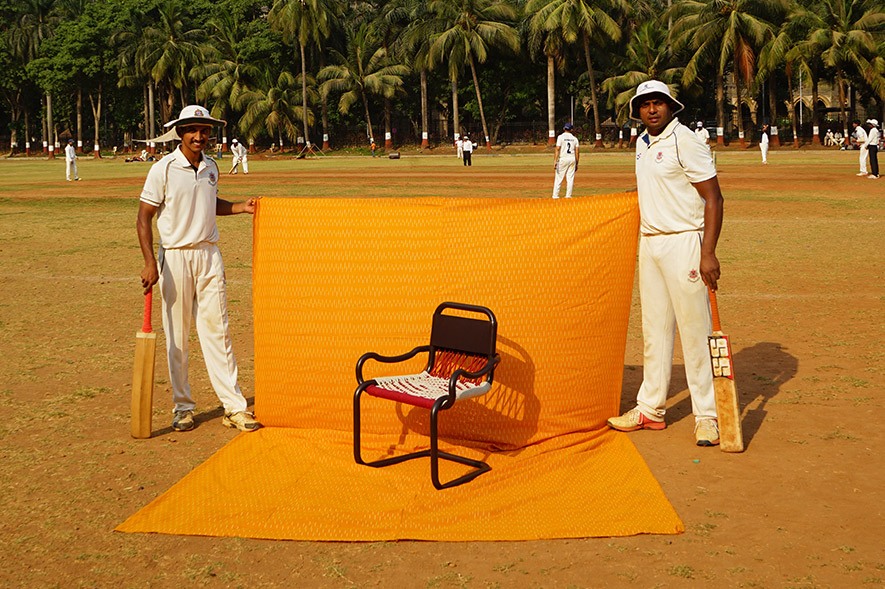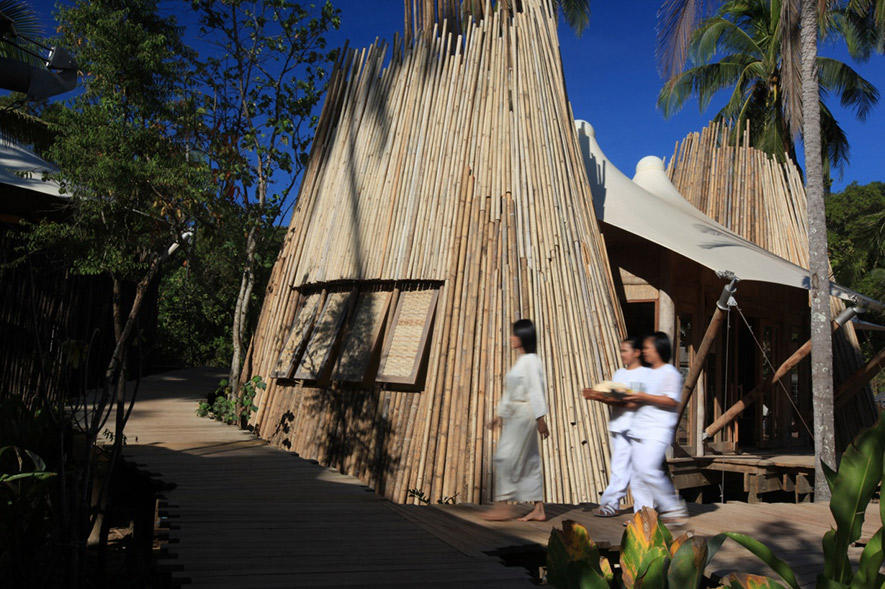If you’ve walked around South Bombay, chances are you’ve come in contact with handmade heritage tiles from Bharat Floorings and Tiles (BFT). Over the last 97-odd years, the company has supplied floor tiles to the city’s iconic Chhatrapati Shivaji Terminus, to the Art Deco clusters of buildings along Marine Drive and Oval Maidan, to restorations like the Dr Bhau Daji Lad Museum, to popular restaurants like The Bombay Canteen and to numerous other structures. It isn’t just Mumbai either — BFT’s tiles have travelled to homes, palaces, restaurants and bars across the country.
I Have This Thing With Floors
In 1922, amid India’s Swadeshi movement, Pherozesha and Rustom Sidhwa founded a tile company to rival UK-based Minton & Co, the choice of tile imports at the time. BFT’s four-part patterned cement tiles, hand-poured into metal moulds, were a fraction of the cost of the Minton chips. Soon, demand for these homegrown tiles shot up — their earthy yellows, reds and greens became a recognizable part of the tapestry of interiors in India.
While the company is best known for its tiles, it had to pivot numerous times to stay afloat. For instance, in the ’40s during the Second World War, when every bag of cement went to the war, the Sidhwas shifted their focus to manufacturing grinding wheels instead. Around this time, the company also began printing on metal with Bharat Metal Box Printers, recalls Sanghamitra Chatterjee, founder of Past Perfect, the agency that’s been archiving the company’s history.
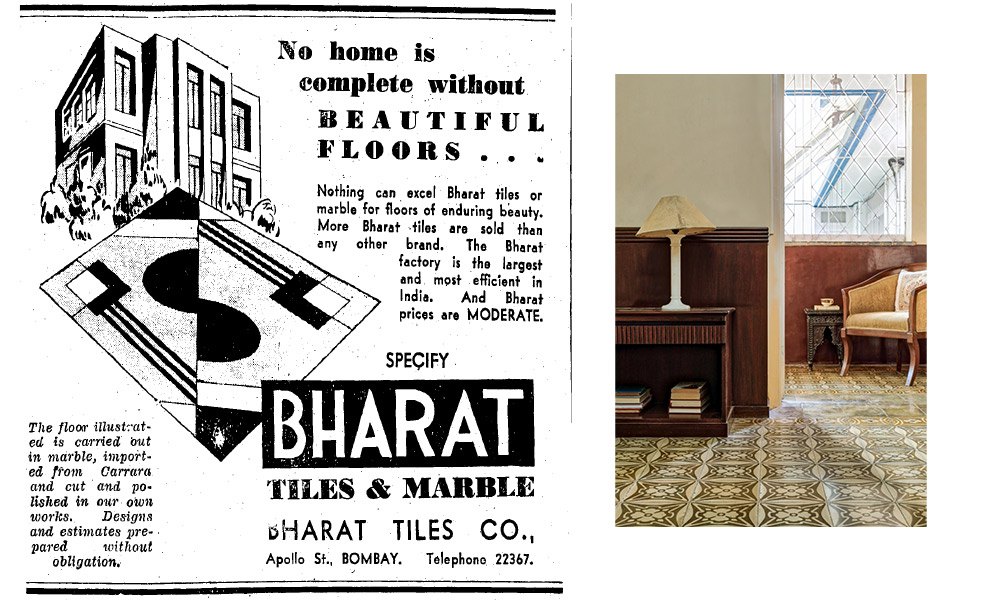
BFT has also worked heavily with marble, especially around the time Mumbai’s financial district was coming together. “Whether it’s the old Bombay Stock Exchange trading floor or the Citibank on DN Road, Bharat supplied marble everywhere,” says Chatterjee, establishing the extent of BFT’s contribution beyond tiles.
“Right from 1922, the company has adapted to every architectural trend and style that grasped the city and the country,” she says. It’s a trajectory that is undoubtedly unique — from its foray into marble and metal printing to more contemporary tile-design collaborations with designers like Ayaz Basrai and art platform Art&Found. “They’re constantly looking to see how to suit someone’s requirement,” Chatterjee says.
On Display
The company’s history — from 1922 to the 1950s — in relation with the city now forms the focus of an exhibition at Chatterjee and Lal in Mumbai, on until May 11, 2019. Curated by Past Perfect, the exhibition was sparked by Dilnavaz Variava, chairperson of the Bharat Floorings Group (and daughter of Pherozesha Sidhwa), who had preserved a price list from 1928 and a testimonial booklet from the 1940s — both of which will be on exhibit.
Chatterjee explains that these artefacts were the starting point for their research as well. The testimonial booklet for ‘Bharat Tiles and Marble Company’ listed many of the company’s projects. “We started there, and then went back and did newspaper research. One of the easiest things to do when you’re archiving business history — especially if it’s a business that is B2C in nature — is to get the advertisements together,” she says. “Those give you things like what the company was called through the years, simpler things like the address, what the products were, what they are showcasing… You get to know what, in their opinion, their selling point is. In this case, Mrs Variava is very aware of the history.”
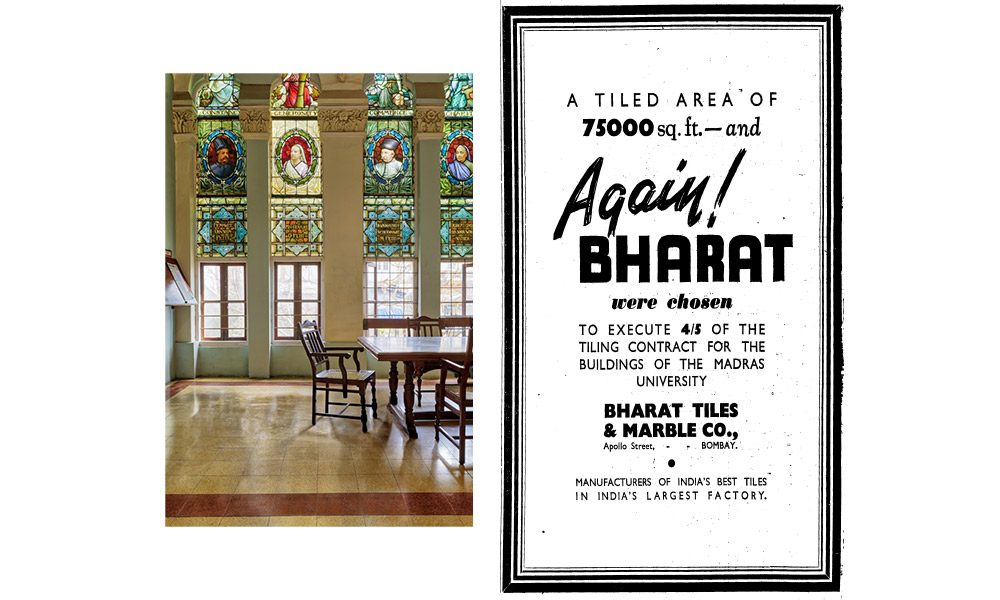
The exhibition will map the company’s contributions to buildings around the city, feature advertisements from the ’30s, as well as tiles, tile moulds and other artefacts from the company’s archive.
Alongside its history, the exhibition will look at the company’s role in recent restoration projects — like the Keneseth Eliyahoo Synagogue in Kala Ghoda. When a section of the Minton-tiled floors of the synagogue needed to be restored, conservation architect Abha Narain Lambah looked to BFT to produce small Minton-style chips to patch up the flooring. “Only a part [of the flooring] had to be recreated because ceramic tiles were placed on it. They had to fade out the colour [of the chips] a little bit so that it would match with the original. Laying [the chips] was also an issue because it had to look like there was never anything there,” says Chatterjee of the challenging project.
The exhibition also aims to raise awareness about aspects of city heritage that are often ignored. “It’s not just about the ornamentation on the exterior of a building that matters,” says Chatterjee.
Paving the Way runs from May 8 to 11, 2019 from 11am to 7pm at Chatterjee & Lal, Colaba, Mumbai. On May 11, Alisha Sadikot of the inHeritage Project will conduct a tile-focused heritage walk around Fort (9am to 11am). Later, Mustansir Dalvi and Abigail McGowan will be in conversation with Sidharth Bhatia to “deconstruct the world of choices before a potential homeowner, a century ago” (5pm to 7pm). The walk and panel discussion are free — to RSVP, email [email protected] or contact Shraddha Sawant at 8425988848.
Fabiola Monteiro is a Senior Editor at Paper Planes. She’s on Instagram at @fabiolamonteiro and on Twitter at @thefabmonteiro.
Tell us what you think? Drop us a line.
